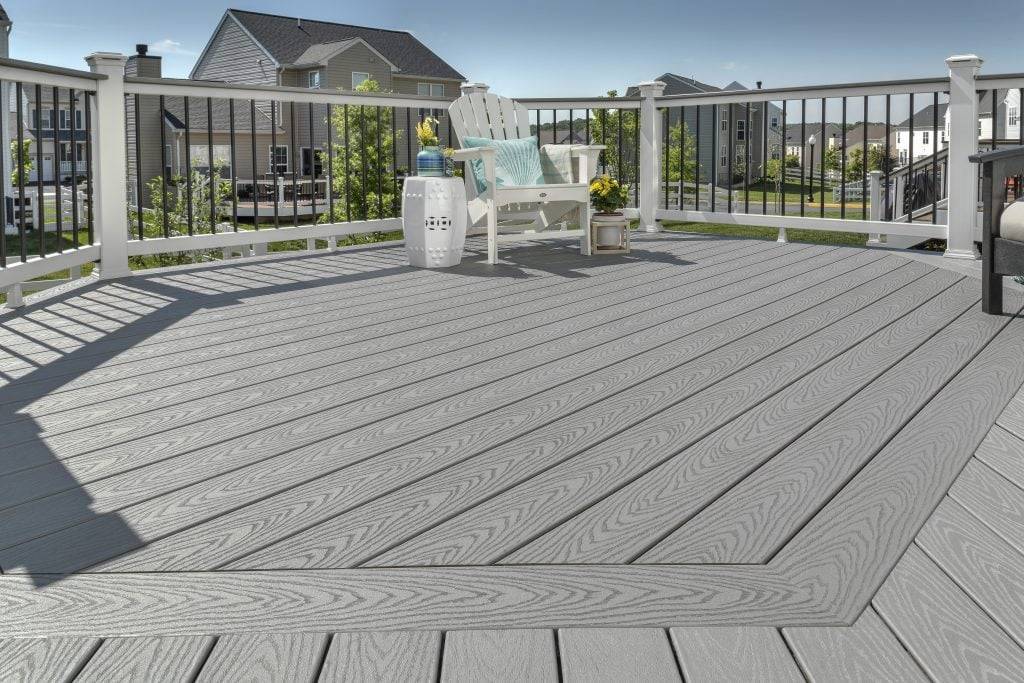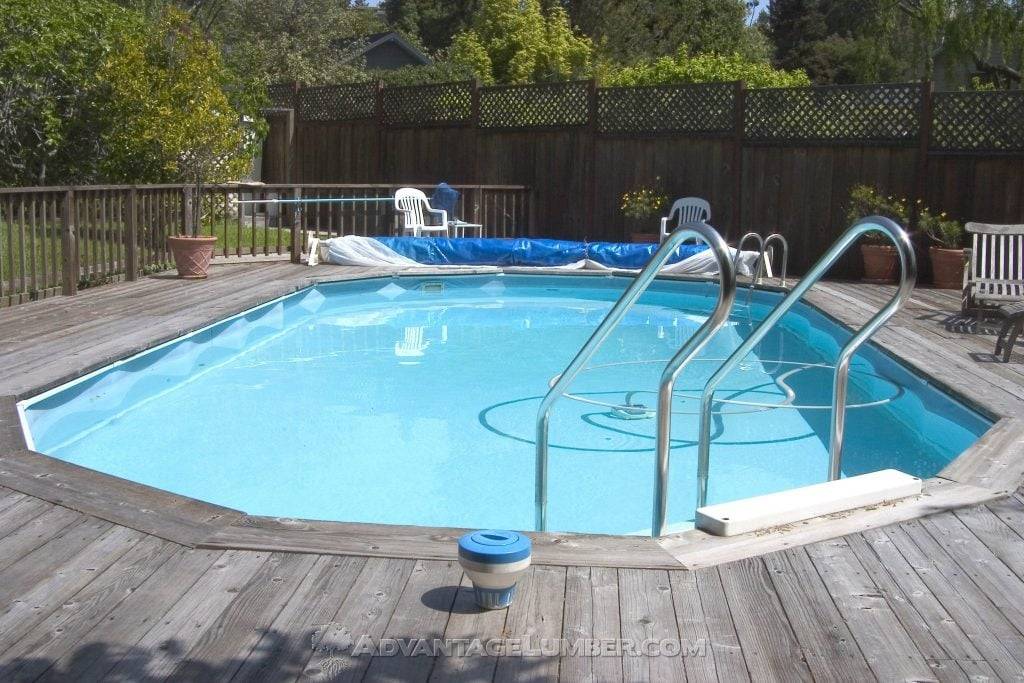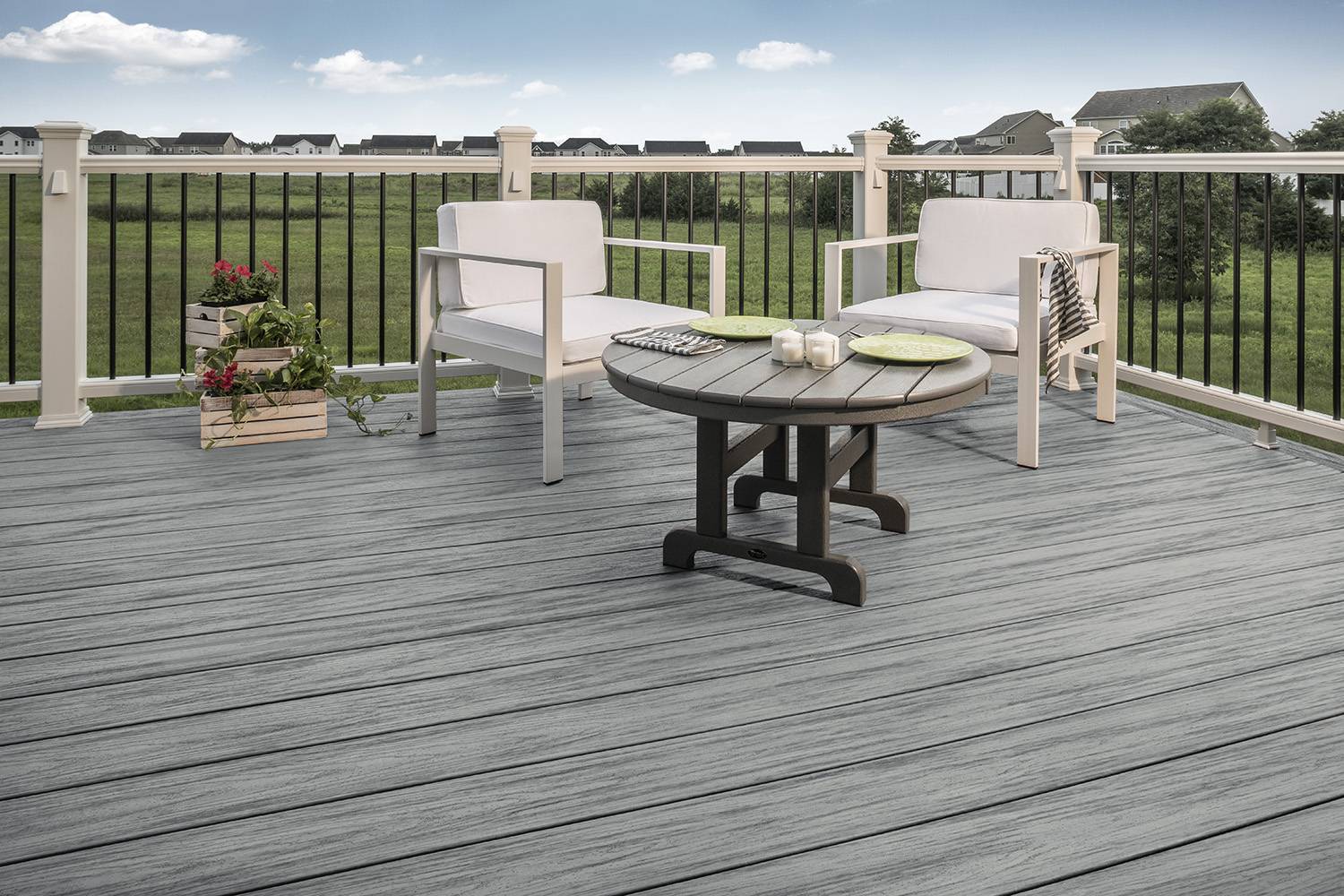When it comes to enhancing the aesthetic and functional appeal of outdoor spaces, decking is often at the top of the list. Decking provides a comfortable area to sit, relax, dine, or socialize, amplifying the joy of open-air living.
Two popular decking materials homeowners often consider are Trex decking and pressure-treated decking. However, there is often confusion about the cost, benefits, and drawbacks of these two types of decking. This post aims to shed light on these aspects to help you make an informed decision.
What is Trex Decking?

Trex is a composite decking material, renowned for its high-quality and durability. It is made from a blend of 95% recycled wood and plastic, providing a sustainable alternative to traditional wood decking. Trex is well-known for its wide range of color options, low maintenance requirements, and resistance to weathering, staining, and fading.
What is Pressure-Treated Decking?

Cost Comparison
Initial Cost
On face value, the initial costs of Trex and pressure-treated decking are significantly different. At the time of writing, the average cost of pressure-treated decking ranges from $2 to $5 per square foot, while Trex decking can cost anywhere from $6 to $18 per square foot. This makes pressure-treated decking an initially more affordable option.
You can shop for Trex decking on our online store and see all the current Trex Decking prices.
Maintenance Costs
The cost narrative changes when we consider the maintenance costs over time. Trex decking requires little to no maintenance; a simple wash with soap and water is typically enough to keep it looking new.
On the other hand, pressure-treated decking requires regular maintenance, including power washing, staining, or sealing every two years or so. Over time, these maintenance costs can add up, significantly raising the overall cost of a pressure-treated deck.
Longevity and Replacement Costs
When factoring in longevity, Trex decking often comes out ahead. With a 25-year limited residential warranty, Trex decking is designed to last and resist wear and tear.
Pressure-treated decking, however, typically has a lifespan of 10-15 years, depending on the maintenance and local climate conditions. This means you might have to replace a pressure-treated deck once or even twice during the time a Trex deck is still in service, resulting in higher replacement costs.
Final Thoughts
In the end, the decision between Trex and pressure-treated decking is a balance of upfront and long-term costs. Pressure-treated decking is a popular choice for homeowners on a tight budget or for those who prefer the authentic look and feel of real wood.
Meanwhile, for homeowners willing to invest more upfront to reduce long-term costs and maintenance chores, Trex decking can be an excellent choice.
Remember, the right choice will depend on your budget, how much maintenance you’re willing to do, and the look you want for your deck. It’s worth spending some time considering these factors and perhaps even consulting with a decking professional before you make your final decision.
